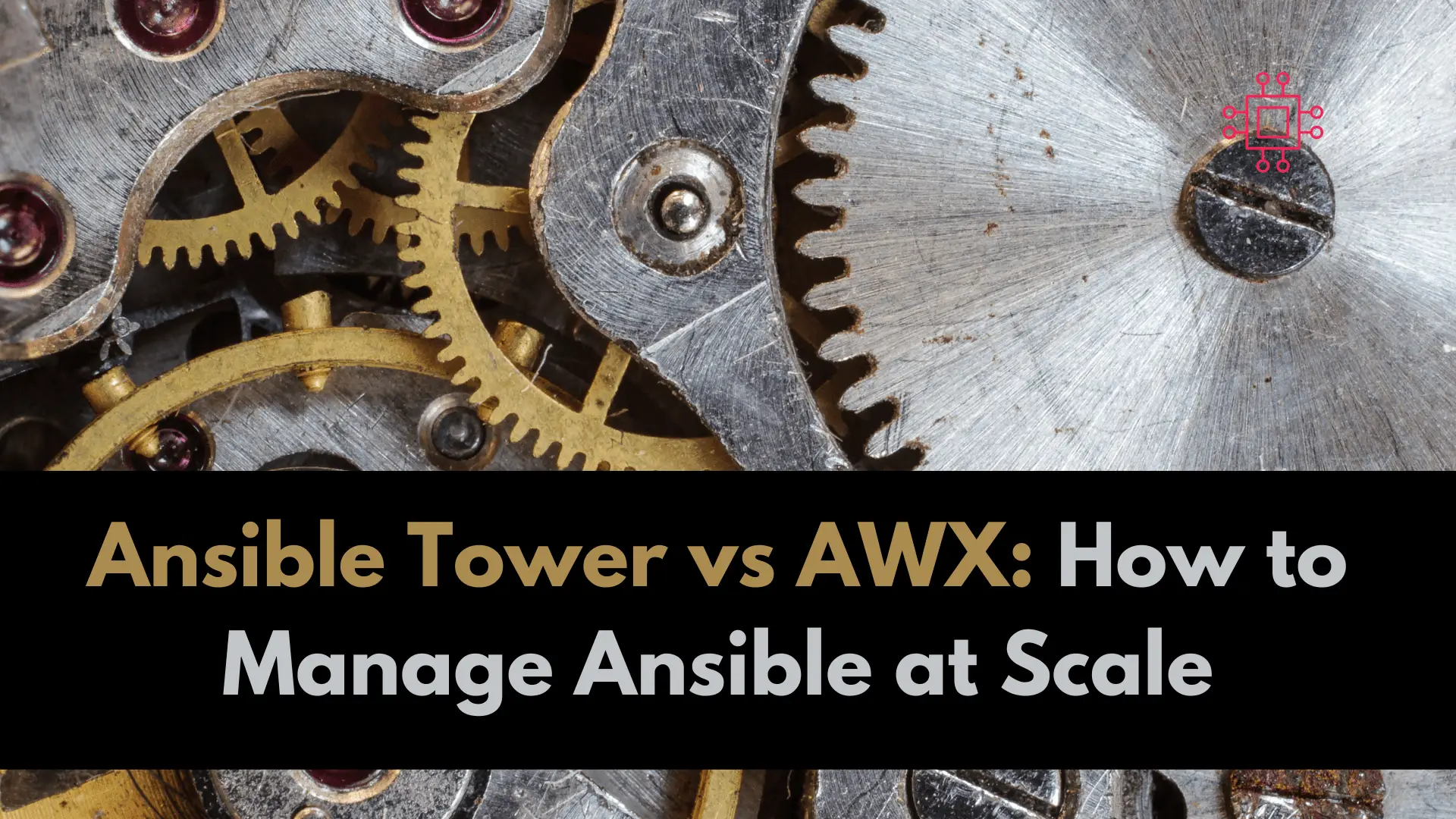
In this guide, we’ll delve into the intricacies of advanced Ansible playbooks, offering step-by-step instructions, real-world examples, and valuable tips to streamline your automation workflows.

In this article, we’ll explore the features, benefits, and a step-by-step guide on setting up and using Ansible Tower or AWX for large-scale automation.
In today’s rapidly evolving IT landscape, managing infrastructure at scale demands efficient and scalable automation tools. Ansible, a powerful open-source automation platform, has become a go-to solution for many organizations. However, as the scale of automation tasks grows, centralized management and monitoring become crucial. This is where Ansible Tower and its open-source counterpart AWX step in, providing a robust framework for managing Ansible at scale.

Ansible Tower and AWX are automation platforms built on top of Ansible. They offer a centralized hub for managing, orchestrating, and monitoring automation workflows. These platforms provide a web-based interface that simplifies complex automation tasks and allows for the easy management of inventories, playbooks, and job scheduling.
Centralized Dashboard: Ansible Tower and AWX provide a centralized dashboard for managing and monitoring automation tasks. This allows administrators to have a bird’s-eye view of their infrastructure.
Role-Based Access Control (RBAC): Implementing RBAC ensures that the right individuals have the appropriate level of access to resources, minimizing the risk of unauthorized changes.
Job Scheduling: Automate routine tasks by scheduling jobs at specific intervals, reducing manual intervention and ensuring consistent execution.
Inventory Management: Maintain a clear and organized inventory of your infrastructure, making it easier to target specific hosts or groups when running playbooks.
Logging and Auditing: Detailed logs and auditing capabilities help in troubleshooting, tracking changes, and ensuring compliance.
The main difference between Ansible Tower and Ansible Web eXecutable (AWX) lies in their distribution model and support.
In summary, while Ansible Tower and AWX share the same core functionalities for managing Ansible automation at scale, the key differences lie in the distribution model, support offerings, and the release schedule. Organizations may choose between Ansible Tower and AWX based on their specific needs, budget considerations, and the level of support required for their automation infrastructure.
Follow these steps to set up Ansible Tower or AWX for large-scale automation:
Before installing Ansible Tower or AWX, make sure you have the required dependencies installed. On a Linux system (Ubuntu), you can use the following commands to install Docker and Docker Compose:
# Install Docker
sudo apt-get update
sudo apt-get install docker.io
# Install Docker Compose
sudo apt-get install docker-compose
Visit the official Ansible website or AWX GitHub repository to download the latest version. For AWX, you can use Git to clone the repository:
# Clone the AWX repository
git clone https://github.com/ansible/awx.git
cd awx
Edit the docker-compose.yml file to configure your AWX instance. Open the file in a text editor and customize settings like passwords, ports, and volumes according to your requirements.
version: '3'
services:
awx:
image: ansible/awx:latest
container_name: awx
ports:
- "8080:8052"
environment:
- SECRET_KEY=mysecretkey
- ADMIN_USER=myadmin
- ADMIN_PASSWORD=mypassword
volumes:
- /var/run/docker.sock:/var/run/docker.sock
Build and run the AWX container using Docker Compose:
# Build and run AWX container
docker-compose up -d
Once the container is running, open your web browser and access AWX at http://localhost:8080. Follow the on-screen instructions to complete the initial setup, creating the admin user and connecting to your Ansible instance.
In the AWX web interface, navigate to the “Inventories” section and create an inventory to organize your infrastructure. Define credentials to securely connect to remote systems, such as SSH keys or usernames and passwords.
Upload your Ansible playbooks to AWX under the “Projects” section. Create job templates specifying the playbook, inventory, and credentials. Schedule jobs or run them manually, monitoring progress and viewing real-time logs through the AWX web interface.
By following these examples, you can successfully set up and configure Ansible Tower or AWX for large-scale automation, enhancing the efficiency of your infrastructure management. Adjust the examples based on your specific environment and requirements.
Ansible Tower and AWX provide a robust solution for managing Ansible at scale, offering a centralized platform for automation, monitoring, and orchestration. By following the steps outlined in this guide, you can set up and configure Ansible Tower or AWX to streamline your automation workflows and enhance the efficiency of managing large-scale infrastructure. Embrace the power of Ansible Tower or AWX and take your automation to new heights.
Related Posts

In this guide, we’ll delve into the intricacies of advanced Ansible playbooks, offering step-by-step instructions, real-world examples, and valuable tips to streamline your automation workflows.

In this tutorial, we will review the Kubernetes cluster install on CentOS8. This procedure will mirror our previous article about this subject. Install a Kubernetes

Learn how to secure SSH with Ansible and protect your Linux systems from unauthorized access with this step-by-step guide. Table of Contents Introduction Ansible is
